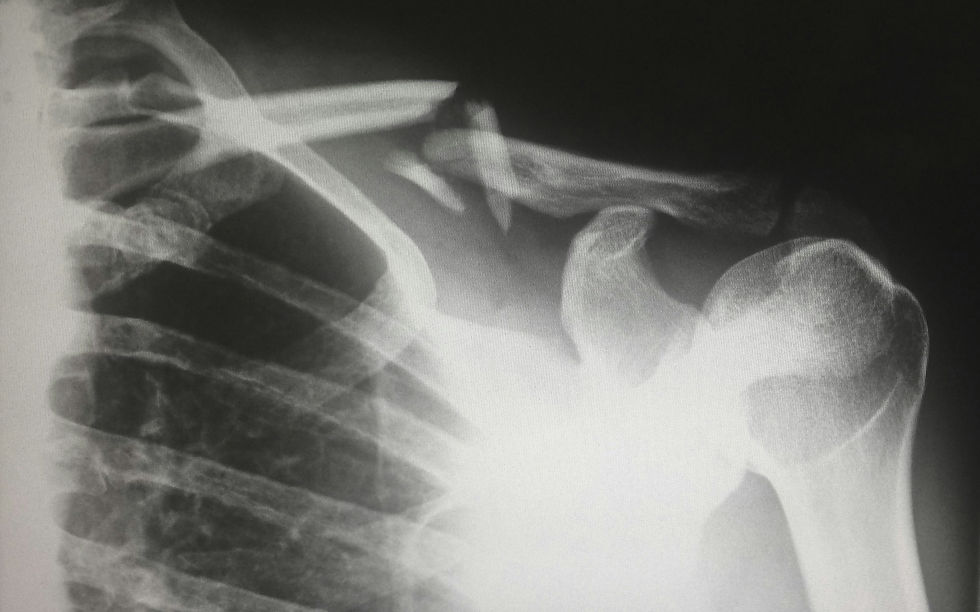Horses & Us
- Jan 15, 2020
- 3 min read
“How many legs on a horse?”
It’s a question Jon Zahourek asks when he wants students to ponder the many remarkable things about comparative anatomy—particularly when he’s teaching anything related to the horse.

Since you are reading a blog on an anatomy-related website, we bet the answer to that question is a snap.
The answer, of course, is two.
But this conversation-starting question is a magnificent way to light up thinking in young students.
We’ve seen the curious looks of wonder on the faces of young students when presented with this concept.
Analyzed up close, the front “legs” of a horse and the human arm have much in common. The bones are arranged in the same order: shoulder blade, humerus, elbow, radius and ulna. In the horse, the radius and ulna are fused together. The shoulder movement is different, too, but the similarities are there.
On and on; the human-horse anatomical overlap is remarkable.
We’re in a horse frame of mind because the non-profit Anatomy in Clay® Centers is Denver is getting ready to host a six-day EQUIKEN® CoreData™ 1 Workshop in March. (March 21 through March 23 and March 27 through March 29; follow this link to register or email info.aicc@anatomyinclaycenters.org for more information. A healthy $250 discount is available through Jan. 31!)
The real tricky question is, “why is there such a special relationship between horses and humans?”
Horses are not pets—not exactly. Right? They have a core mentality as prey, which they certainly are. And humans are predators. So should we really get along?
We recently came across an interesting article by Keri Brandt Off. She is a professor of sociology and gender and sexuality studies at Fort Lewis College in Durango (right here in our home state of Colorado.)
Off’s thinking on this curious connection is right up our alley.
It has to do with touch.
In a piece posted on The Conversation (motto: academic rigor, journalistic flair), Off suggests that horses and humans have developed a unique way to communicate through “a kind of third language, neither fully human nor fully equine. What linguists call an ‘embodied language system’ seems to have developed—a way of communicating that’s reliant on touch, emotional connection and becoming attuned to physical movements.”
Of course, here at Anatomy in Clay® Learning System, we’re big on touch. Touch is learning, right? (Our motto: The mind cannot forget what the hands have learned.)
Clearly, as Off’s research shows, the communication between horse and human is a “melding of both bodies” in an “empathetic physical dialogue” that leads to operating as a single unit.
“But synchronicity between humans and horses doesn’t come easy,” she writes. “It can take years to achieve. Starting at the most rudimentary level of communication –through a system of applying pressure to parts of the horse’s body—it builds slowly. Only after countless hours of working together do humans and horses attune their bodies to each other.”
Just as a human and horse learn from each other, so do Anatomy in Clay students learn about themselves (and their deep anatomical connections to the animal kingdom) when they fashion muscles in clay—using touch—and then apply those clay muscles to our scale models.
The only difference is one kind of touch improves the language between species. The other kind of touch improves the relationship with one’s self.
Final thought from W.C. Fields: “Horse sense is the thing a horse has which keeps it from betting on people.”
.
.
.
.
.




Comments